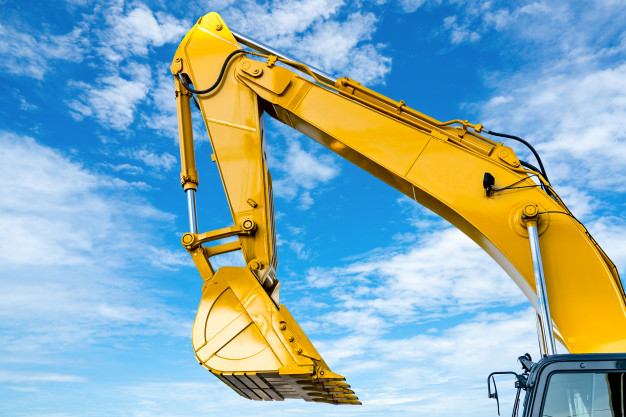Non-metallic hydraulic seals help in carrying out the heavy-duty functions of hydraulics in machinery and equipment. It is imperative to know that hydraulic seals go much beyond the basics of preventing a leak in cylinders in use for industrial purposes. There is more to the functions of a seal. Let us elaborate further.
Apart from stopping and controlling leaks from the fluid-filled cylinders, seals withstand extreme temperatures, transverse forces, and high pressures within the cylinder. The functions of hydraulic seals for cylinders go beyond the standard of preventing leakage.
How does the system work?
Hydraulic systems in a cylinder use a combination of specialized seals. To contain the pressurized fluids in the hydraulic cylinder system and ensure a proper motion, complex configurations of high-performance seals are in action. High-performing seals get a broad classification into the following categories:
1 – Static seal
As the name suggests, a static seal is not subject to any movement when pressurized. In this classification, the inclusions are the O-rings. O- Rings are O –shaped rings that are versatile and available in many sizes. On being attached to cylinder housing and squeezed by casing, O-ring creates a barrier between the housing and casing.
Types of O-rings in use
O-rings are in use with back-up rings for pressures over 1500 p.s.i. These rings are available in nitrile rubber-NBR, Fluoro rubber-FKM, and Ethylene propylene diene-EPDM. They are suitable for use with mineral oils, air, water, and water-based fluids. Polyurethane-TPU and Silicone also have some applications in static settings.
2 – Dynamic seal
This type of seal is subject to axial or radial movement when pressurized. In this type, the inclusions are piston seals, rod seals, rotating seals, wipers, or scrapers.
Types of dynamic seals and their functions
A – Piston seals prevent pressurized fluid from leaking across the piston as the system pressure pushes the piston down the cylinder bore.
B – Rod seals hold pressure in the cylinder by preventing fluid from leaking out.
C – Wipers or scrapers prevent contamination such as dirt, dust, and moisture from entering the cylinder.
About Guide rings
Guide rings are resin-bonded fabric, guide tape, and engineered plastics that guide the piston in the cylinder bore and rod in the cylinder head of a hydraulic cylinder.
How do hydraulic seals improve the performance of hydraulic cylinders?
It is crucial to know that hydraulic cylinders are complex devices that incorporate a vast number of components to ensure their smooth functioning. Hydraulic cylinders combine a multitude of dimensions, materials, and configurations. Often, a combination of combined seals can lead to better performance of the hydraulic system. The absence of specialized seals can lead to the following:
1 – Leakage through the rod seal can hamper equipment performance and lead to environmental issues.
2 – Contamination by dirt and dust can cause damage to rod, cylinder walls, seals, and other components.
3 – The absence of guide rings can cause damage from side loading.
4- Leakage of lubricants from the cylinder
5 – Transverse forces that can cause metal-to-metal contact
6 – Moisture that can cause fluid contamination.
Are seals an essential factor in the hydraulic cylinder design?
Hydraulic cylinders and their specifications necessarily follow a balancing act. Each design factor can influence one or many design considerations. For example, some urethane seals are ideal for systems as cold as -54 degrees Celsius.
It can even withstand temperatures as high as 129 degrees Celsius. The other type of seals bears high temperatures ranging to 260 degrees Celsius but is not suitable for cold temperatures. These standards speed and streamline the process.
Is it essential to replace the seals at the right time?
Hydraulic cylinders are in use everywhere- in different situations and different applications. From a plow truck in use for road cleaning, a utility vehicle, or compactor at the recycling center- hydraulic cylinders are performing everywhere. A cylinder can likely see an active life.
High–performing seals rule out the need for replacing a damaged cylinder. However, there are times when the seals may need a replacement. Look for the following physical signs that spell a need to replace the seals:
1 – Slobbering or drippy hydraulic cylinder
2 – Abrasive contaminants sticking to the oil film
3 – Dirt in Reservoir breather or a choked breather filter
4 – Hardening of seals due to high temperatures
5 – Chemical incompatibility of foreign fluids can age the seals.
To conclude
Preserving the hydraulic seals is the key to ensure long cylinder life. They must get an exposure to lubrication to prevent fast wear and tear on their elastic surfaces. It is easy to see the signs that call out for attention. To ensure the efficiency of hydraulic cylinders, keep your seals in the best shape.
